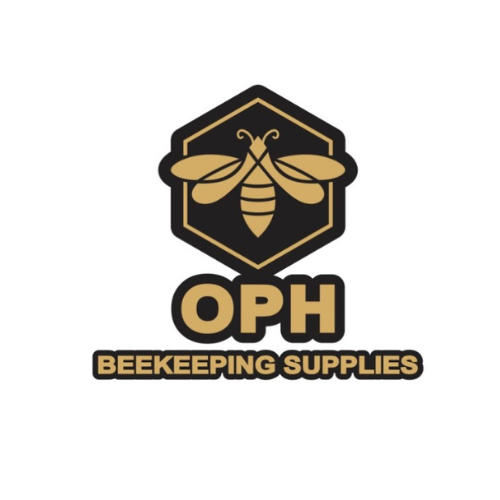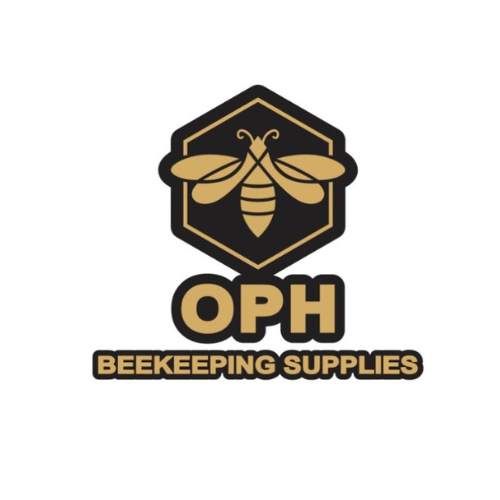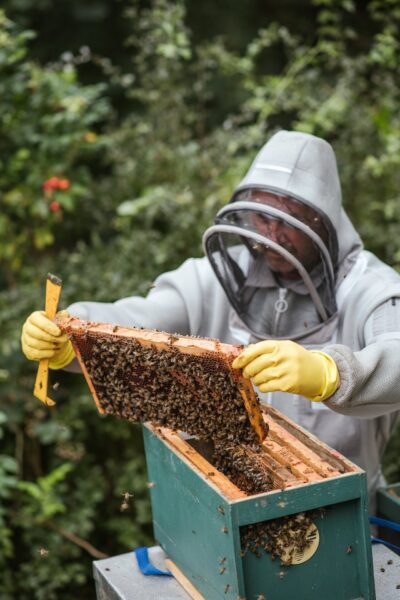What is a Nuc? Understanding the Basics of Beekeeping Nucleus Colonies
For anyone entering the world of beekeeping, the term “nuc” is one you’ll quickly encounter. Short for “nucleus colony,” a nuc is a small, manageable colony of bees that plays a vital role in the beekeeping process. Whether you’re starting a new hive or expanding your apiary, a nuc is often the best way to get started.
What is a Nuc?
A nuc is essentially a miniature version of a full beehive. It includes a queen bee, worker bees, and brood (eggs, larvae, and pupae) housed on a few frames. Typically, a nuc contains 3 to 5 frames, depending on the supplier and the needs of the beekeeper. These frames are filled with:
- Brood: Developing bees in various stages.
- Honey and Pollen Stores: Essential resources to sustain the colony.
- Bees: A mix of nurse bees, foragers, and the all-important queen bee.
Nucs are often sold in a small box designed for easy transport, making them ideal for introducing a new colony to your beekeeping operation.
Why Start with a Nuc?
There are several reasons why beekeepers, especially beginners, choose to start with a nuc:
1. Established Colony
Unlike a package of bees, a nuc is a functioning colony with a laying queen, worker bees, and brood already in place. This means the bees are already working together harmoniously, which reduces the risk of queen rejection or other integration issues.
2. Faster Growth
Since the nuc includes brood in various stages, the colony is ready to grow as soon as it is installed in your hive. The queen is already mated and laying eggs, so you’ll see population growth much faster than with a package of bees.
3. Easier for Beginners
For new beekeepers, starting with a nuc can be less intimidating. The bees are already familiar with their queen, and the colony’s organization makes it easier to manage during the critical early stages.
4. Better Survival Rates
Because a nuc comes with resources such as honey and pollen, the colony has a head start in building comb and storing food. This can be especially important in areas with short foraging seasons or unpredictable weather.
How to Install a the honeybees?
Installing a nuc into your hive is a straightforward process. Here are the basic steps:
- Prepare Your Hive: Ensure your hive is clean and ready, with enough frames to accommodate the nuc.
- Transfer the Frames: Carefully move the frames from the nuc box into your hive, maintaining the order and orientation of the frames to avoid disrupting the colony.
- Add Empty Frames: Fill the remaining space in the hive with empty frames for the bees to expand into.
- Close the Hive: Once all the frames are in place, close the hive and allow the bees to settle.
- Monitor the Colony: Check on your bees regularly to ensure the queen is laying and the colony is thriving.
Where to Get a a starter colony?
Nucs are available from beekeeping suppliers, local beekeepers, and apiaries. When purchasing a nuc, it’s important to choose a reputable supplier to ensure the health and quality of the bees. Look for a nuc that includes:
- A healthy, mated queen.
- Active worker bees.
- Frames with brood in various stages and sufficient food stores.
See our high quality nucs here
Tips for Success with a Nuc
- Timing: Install your nuc during the active season (spring or early summer) to give the bees plenty of time to build up before winter.
- Feeding: Provide supplemental feeding if necessary, especially if nectar sources are limited.
- Regular Inspections: Keep an eye on the colony to address any issues early, such as pests or diseases.
Conclusion
A nuc is a fantastic way to start or expand your beekeeping journey. With an established colony and a strong foundation, a nuc offers a head start that makes managing your bees easier and more rewarding. By understanding how to choose, install, and care for a nuc, you’ll set your apiary up for success and enjoy the many benefits of beekeeping.
Need more information? Check this article by the Ontario Beekeeping Association: https://www.ontariobee.com/sites/ontariobee.com/files/document/Nuc%20Buyers%20Guide%202013_0.pdf



